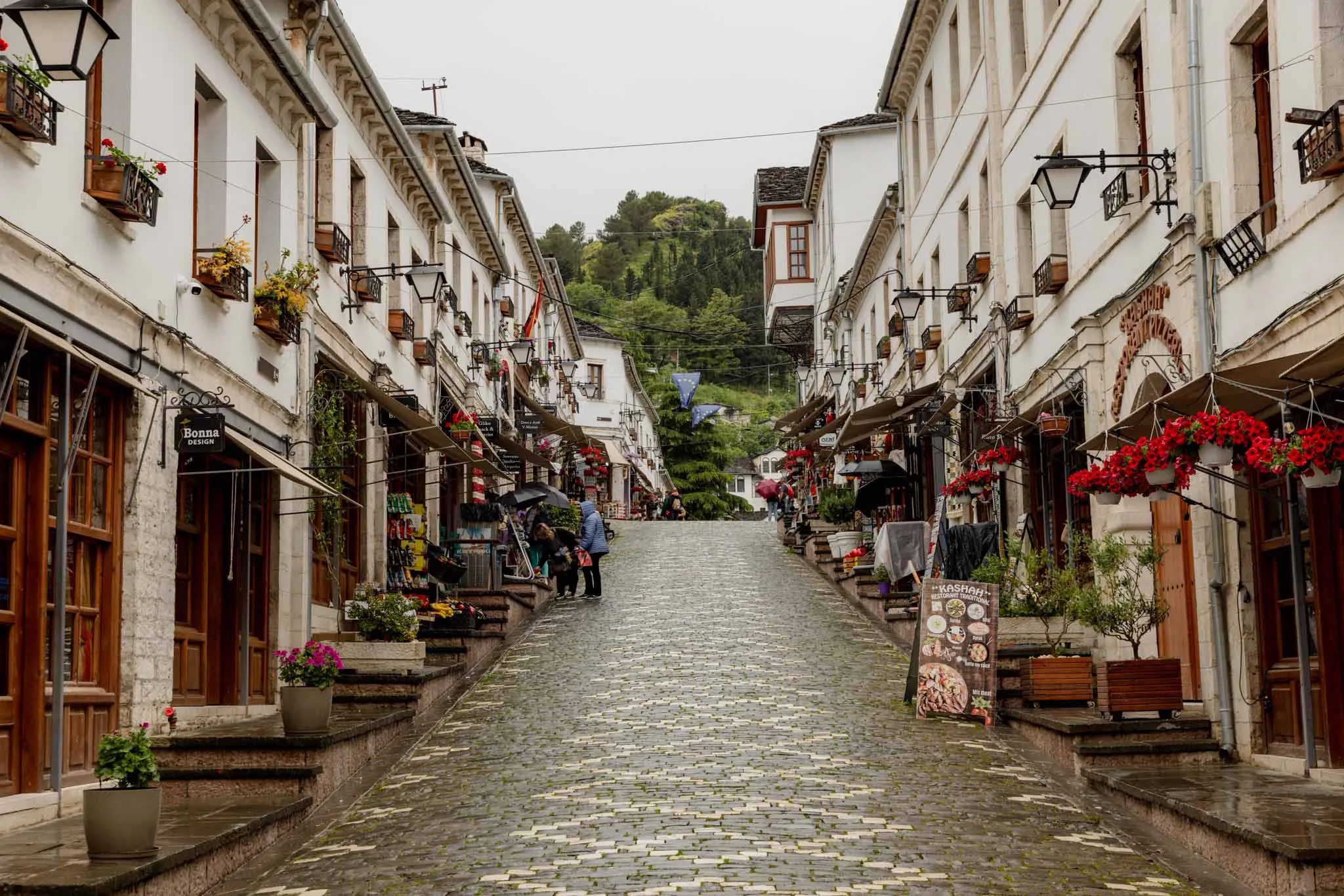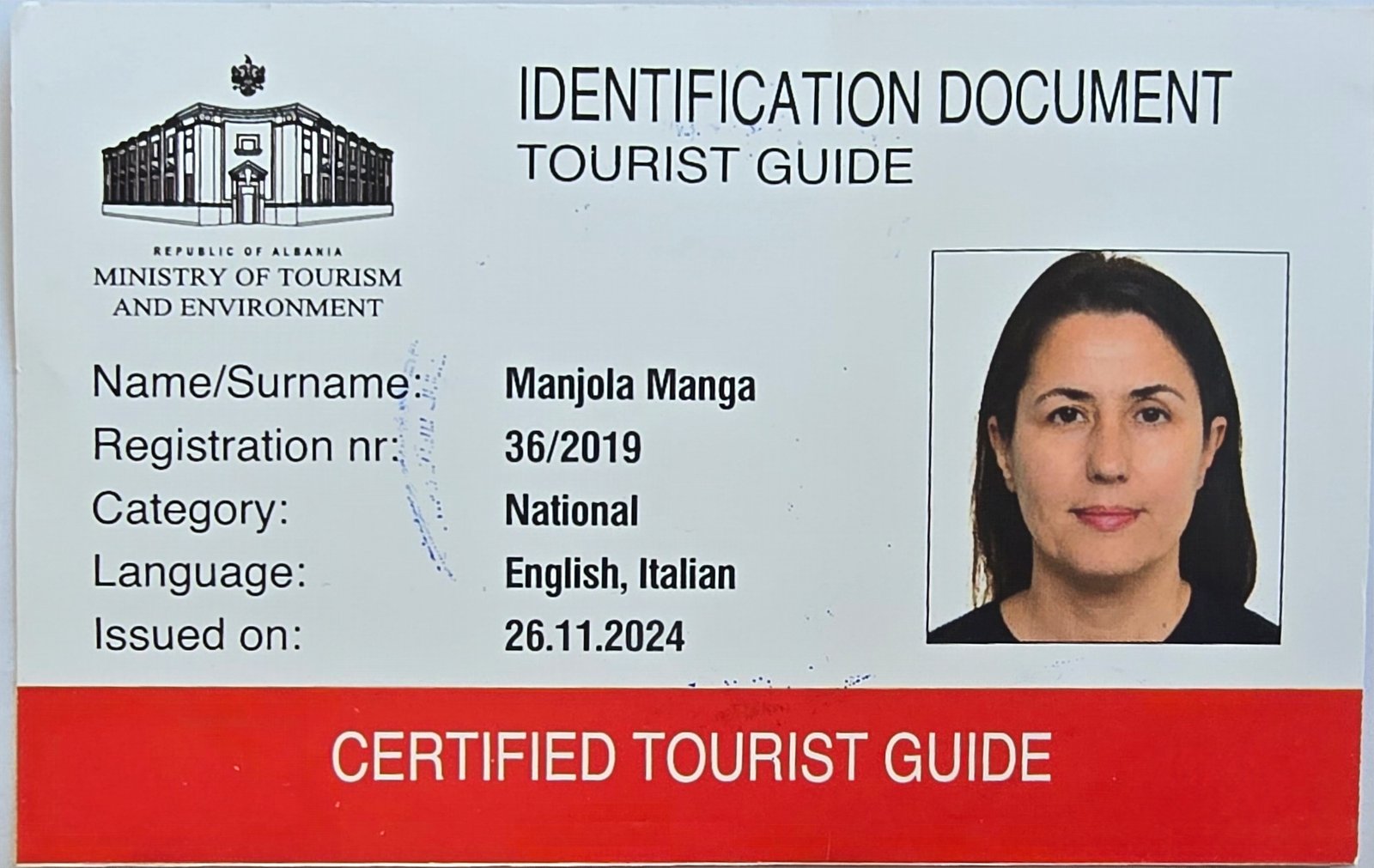Gjirokastër: The City of Stone and the Historical Heart of Albania
Located in southern Albania, Gjirokastër is one of the country’s most beautiful and historically rich cities. Known as the “City of Stone” for its traditional Ottoman stone houses, Gjirokastër is a UNESCO World Heritage Site that offers visitors the opportunity to travel back in time, exploring Albania’s history and vibrant culture. Whether you’re a history buff, an architecture lover, or simply a curious person looking to discover something new, Gjirokastër is a must-see destination.
A Walk Through Gjirokastër’s History
Gjirokastër’s history dates back to the 12th century, but it truly flourished during the Ottoman Empire, when it became an important administrative and military center. Its strategic location along trade routes made it a hub of cultural exchange and commerce. Over the centuries, Gjirokastër has developed an architectural style that blends Ottoman and local influences, with stone houses and cobbled streets that still characterize its historic center today.
In the 20th century, Gjirokastër played a significant role in Albania’s resistance against foreign powers and today represents a symbol of the country’s rich cultural heritage. Its beauty and historical significance make Gjirokastër a true treasure for visitors wishing to discover Albania’s unique history.


Gjirokastër Castle
Gjirokastër Castle, one of the city’s most iconic monuments, is a must-see for anyone visiting the city. Located on Gjirokastër’s highest hill, the castle offers panoramic views of the surrounding valley and the Drino River. The fortress has had an important military function throughout history and is now a museum housing numerous artifacts related to the city’s past.
Visitors can explore the castle’s extensive grounds, including its watchtowers, ancient walls, and keep. The castle also houses the Gjirokastër Weapons Museum, which features a vast collection of ancient weapons that chronicle the region’s military history.
The Stone Houses of Gjirokastër
One of Gjirokastër’s most fascinating features are its traditional stone houses, which give the city its distinctive appearance. These houses, built entirely of stone, nestle into the hills and have been carefully preserved for centuries. Characterized by flat roofs made of thick stone slabs, these homes are a unique example of architecture, reflecting Ottoman influence and local traditions.
The architectural design of Gjirokastër’s houses is a testament to the cultural mix that has shaped the city over the centuries. Today, stone houses are a key part of Gjirokastër’s identity, and visitors can stroll along the cobbled streets of the old town, admiring the architecture and browsing shops selling local crafts.
Cultural Significance and Attractions
In addition to its historic sites, Gjirokastër offers a rich cultural experience. The city is home to numerous museums, including the Ethnological Museum, which offers an insight into traditional Albanian life, and the Gjirokastër Museum, which displays historical artifacts from the city.
Gjirokastër is also known for its vibrant cultural scene, with regular festivals and events celebrating local traditions. Furthermore, local gastronomy is another highlight: visitors can sample typical Albanian dishes such as tave kosi (lamb cooked with yogurt) and byrek (a stuffed savory pastry).
Best Time to Visit Gjirokastër
The best time to visit Gjirokastër is during spring or autumn, when the weather is mild and the city is not too crowded. Summer, however, can be very hot, especially in the inland areas, so it’s advisable to plan your visit during the cooler months if you prefer a more comfortable experience.
Conclusion
Gjirokastër is a city that combines history, culture, and breathtaking architecture, making it one of Albania’s most iconic destinations. Whether you’re exploring its ancient fortress, strolling its cobblestone streets, or experiencing its vibrant culture, Gjirokastër offers something for everyone. Be sure to include it in your itinerary the next time you visit Albania!



